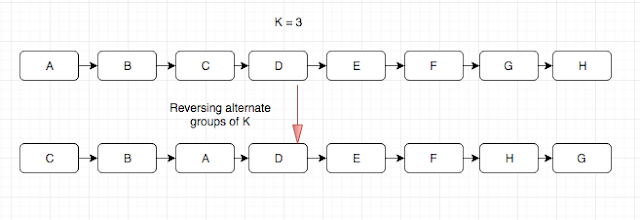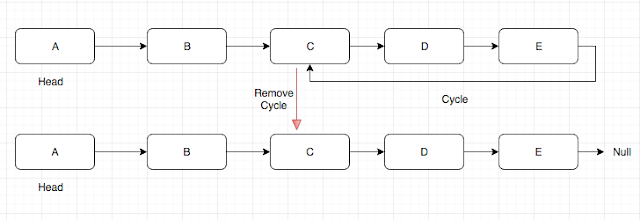Tree data structure
Tree Data structure Till now we have seen linear data structures such as arrays and linked lists. In these data structures, we had only one child following the previous parent. 5 is parent of 7 7 is parent of 3 3 is parent of 4 Tree are hierarchical data structures. Here each node can have multiple children. A popular implementation of Tree is a Binary tree where each node has at most 2 children (known as the left child and right child). The top most node is known as the root of the tree similar to the head node in a linked list. The node directly above some node is called its parent. Application: Trees can are used in various applications that we see every day. For example, the directory structure that we see in our operating systems (file explorer in Windows, finder in MacOS) is a great example of using tree where each folder is a node and each sub folder are its children, the files can be considered as leaf nodes i.e. the bottom most nodes in the tree whic





